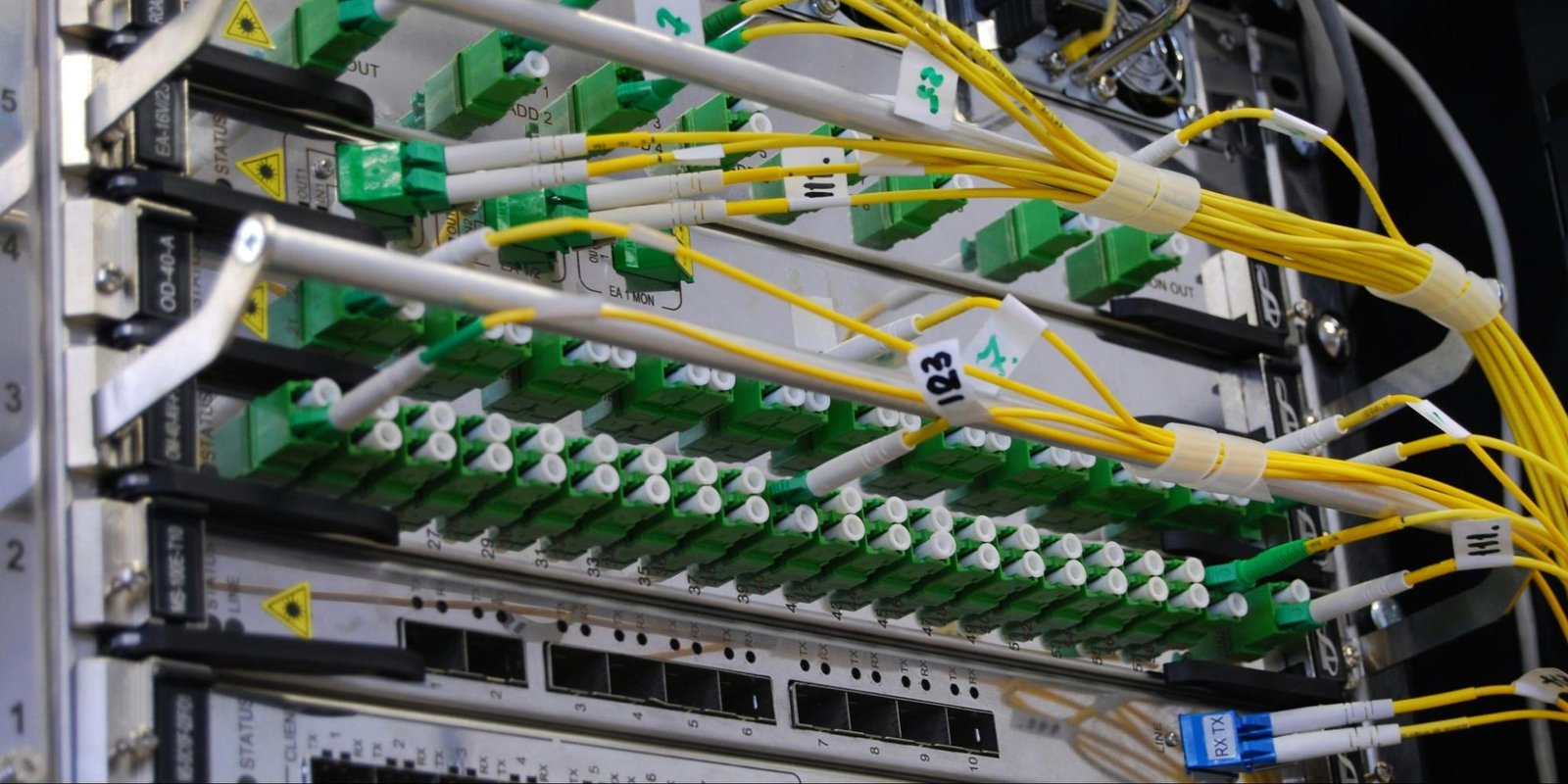Technology
Navigating the Labyrinth: Comparing Leased Line Costs
For businesses with mission-critical applications or high bandwidth demands, a leased line offers Costs

For businesses with mission-critical applications or high bandwidth demands, a leased line offers a dedicated and reliable internet connection. But before making the leap, understanding the cost equation is crucial. Comparing leased line prices can feel like navigating a labyrinth, with factors like location, bandwidth, and contracts weaving their way into every corner. This guide aims to equip you with the knowledge to confidently traverse this path and choose the most cost-effective option. You can also use leased line comparison websites including: Leased Line Comparison and CompareYourBusinessCosts.
1. Bandwidth: The Cornerstone of Cost
Bandwidth, measured in Mbps (Megabits per second) or Gbps (Gigabits per second), directly influences price. Higher bandwidth translates to larger data transmission capacity, making it ideal for real-time applications like video conferencing or cloud computing. However, it also carries a higher price tag.
Starting Range: Consider your specific needs. Small businesses with moderate online activity might find 10Mbps sufficient, while larger organizations with heavy cloud usage could require 100Mbps or even 1Gbps. Remember, overestimating bandwidth leads to unnecessary expense, while underestimating can hinder performance.
Pricing Variations: Expect prices to climb significantly with increasing bandwidth. A 100Mbps line can cost double or triple a 20Mbps one, while a 1Gbps link might be five times more expensive.
2. Location: Geography Matters
Leased line costs vary based on your business location. Densely populated urban areas typically enjoy lower prices due to higher competition and existing infrastructure. Remote locations, on the other hand, might require additional infrastructure installation, leading to higher costs.
Example: In the UK, a 100Mbps line might cost £230 in London but jump to £270 in Birmingham. Be prepared to pay a premium if you’re located outside major cities.
3. Contract Duration: Commitment & Benefits
Leased line contracts typically range from 12 to 36 months, with longer contracts offering lower monthly fees. While this saves money upfront, it locks you into a specific provider and bandwidth for a longer period. Be confident in your needs before committing to a lengthy contract.
Negotiation Tip: Shorter contracts often come with higher installation fees. If you’re unsure about your future bandwidth requirements, consider negotiating a flexible contract with adjustable bandwidth options.
4. Installation Fees: The Hidden Cost
Don’t forget installation fees! These one-time charges cover connecting your business to the network. They can vary depending on factors like location, existing infrastructure, and cable length.
Tip: Negotiate installation fees with providers. Some might offer discounts for longer contracts or bundled services.
5. Beyond Bandwidth: Additional Costs
Several additional costs might affect your total expenditure:
- Managed services: If you need help managing your leased line, expect to pay extra for this service.
- Static IP addresses: Having a fixed IP address comes with an additional fee.
- Excess usage charges: Exceeding your monthly data quota often incurs significant charges.
6. Comparing Apples to Apples: Get Quotes and Negotiate
Don’t rely solely on advertised prices. Request quotes from multiple providers. Be clear about your bandwidth requirements, location, and contract preferences.
Negotiation Tip: Highlight your expected long-term business potential to providers. They might offer better deals to secure a loyal customer.
7. Consider Alternatives: Leased Line vs. Other Options
Leased lines aren’t the only option. Depending on your needs, alternatives like bonded ADSL, fibre broadband, or wireless solutions might be cheaper or more suitable. Carefully evaluate your requirements and research alternative options before making a decision.
By understanding these factors and utilizing effective comparison strategies, you can navigate the leased line cost labyrinth and secure the most cost-effective solution for your business needs. Remember, transparency, thorough research, and negotiation are your key allies in this journey.
Additional Tips:
- Utilize online comparison tools to get a starting point for pricing.
- Consult with IT professionals or comparison services for tailored guidance.
- Be wary of hidden fees and ensure contracts clearly outline all costs.
- Read online reviews and customer testimonials to assess provider reliability.
Remember, the optimal leased line solution lies in balancing cost-effectiveness with your specific business requirements and future growth projections.
Table of Contents
-

 Business5 months ago
Business5 months agoSepatuindonesia.com | Best Online Store in Indonesia
-

 Technology3 weeks ago
Technology3 weeks agoTop High Paying Affiliate Programs
-

 Tech5 months ago
Tech5 months agoAutomating Your Window Treatments: The Advantages of Auto Blinds
-

 Tech5 months ago
Tech5 months agoUnleash Your Potential: How Mecha Headsets Improve Productivity and Focus
-

 Instagram2 years ago
Instagram2 years agoFree Instagram Follower Without Login
-

 Reviews11 months ago
Reviews11 months agoAndroid Laptop vs. Chromebook: Which one is better?
-

 Instagram2 years ago
Instagram2 years agoIGTOK – Get Instagram Followers, Likes & Comments
-

 Business8 months ago
Business8 months agoFollow These 5 Tips To Avail Personal Loans At Lower Interest Rates




















